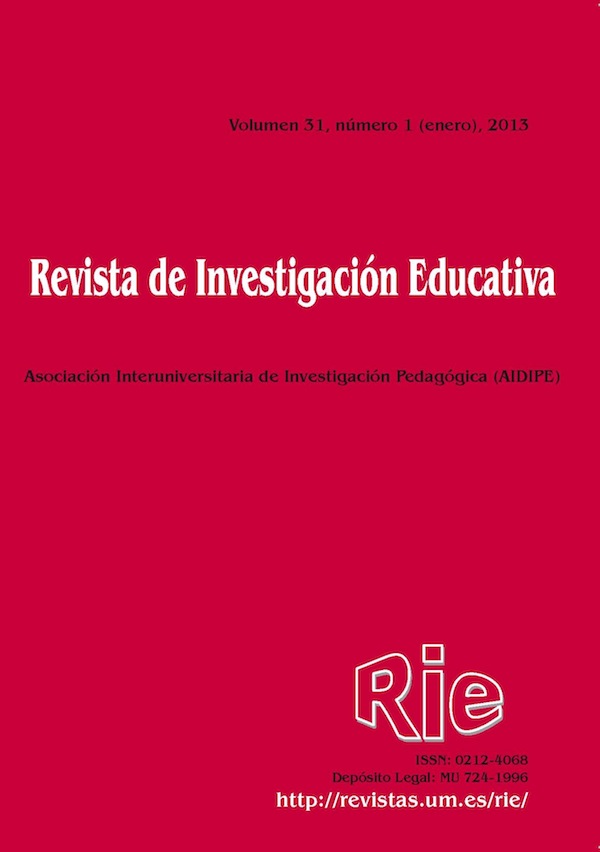Analysis of the use of information retrieval strategies by students with high intellectual capabilities according to sex, age, educational level, and creativity
Abstract
In this paper the relation between high intellectual capabilities and information retrieval strategies are studied. The variables are: sex, age, educational level and creativity. Strategies were measured with the ACRA Scales (Román and Gallego, 1994, 2004). General intelligence was measured with the “g” Factor Test (Cattell and Cattell, 1990) and the Progressive Matrices Test (Raven, 1996). Creativity was analyzed using the TAEC Abreaction Test (de la Torre, 1991). Primary School and Compulsory Secondary Education students (aged 9-14) from Castilla y León (Spain) were chosen because of their high intellectual capability. Results show a significant association between general intelligence and information retrieval strategies. Age determines to some extent the use of strategies. The relation between a high intellectual capability and creativity only promotes the use of Written Answer strategies. A revision of evaluations of perceived use versus evaluations of real use of strategies is proposed.
Downloads
-
Abstract1313
-
PDF (Español (España))1964
The articles and scientific documents published in RIE abide the following conditions:
1. The Servicio de Publicaciones de la Universidad de Murcia (the publisher) has the property rights (copyright) of all the documents published and allows the reuse under the user’s license indicated in point 2.
2. All documents are published in the digital edition of RIE under a Creative Commons Reconocimiento-NoComercial-SinObraDerivada 4.0 Internacional. (legal document) license. These documents can be copied, used, distributed, communicated and explained publicly if: i) the author(s) and its original source of publishing (magazine, publisher and URL of the document) are cited; ii) it is not used for commercial purpose; iii) the existence and the specifications about this license are mentioned.
3. Auto-archive’s conditions. The authors are allowed and encouraged to digitally distribute the pre-print versions (a version before evaluation) and/or post-print (a version that it is already evaluated and accepted to its publication). This promotes circulation and distribution earlier and can increase the citations and significance within the academic community.









